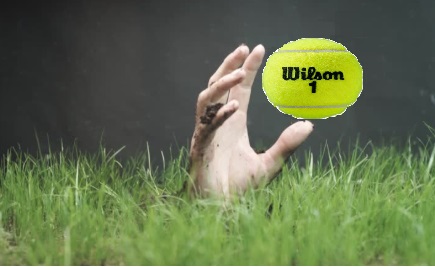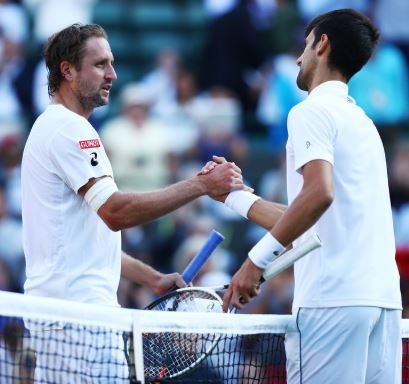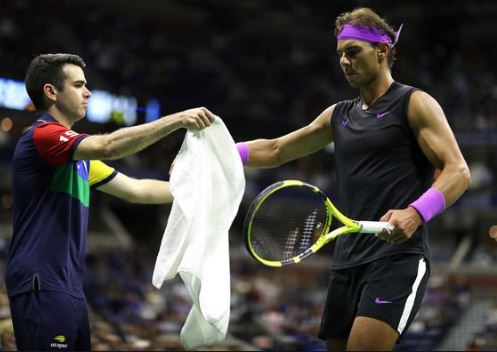Professional athletes today face an evolving landscape of external demands, to say nothing of the pressure they put on themselves. It doesn’t matter if you’re a goat (scapegoat) or the GOAT, failure in sports is guaranteed. Only one team gets to lift the trophy at the end of the season. If we’re honest, only one of three players has a shot to lift the trophy at an ATP tournament. The harsh realities of the sports business can take their toll on an athlete’s psyche.
In the NBA, the Brooklyn Nets recently traded one disgruntled star point guard (James Harden) for another (Ben Simmons). Simmons attracted a wide range of condemnation during his time in Philadelphia, including sitting out the current season on account of mental health. The sports media in Philly can be as petty and abusive as any in the country. When Simmons did not play well in the 76ers playoff exit last year, the media took their critiques to a new level of hostility.
The Simmons saga has me revisiting a point of discussion across tennis and other sports recently; balancing the role of the media and the mental health of athletes. The big storyline at the outset of last year’s French Open was Naomi Osaka’s announcement that she would not attend press conferences at the tournament due to mental health considerations. “I hope the considerable amount that I get fined for this goes towards a mental health charity,” she said at the time. Fine her they did, though the tour announced it would welcome dialogue with Osaka about mental health.
Osaka is cut from a different cloth generally and whether it is the success she enjoys or real mental trauma she experiences with the media, she was not having the “you struggle on clay” firing squad another year in Paris. Good for her. Following the tournament’s response and some behind the scenes discussion, Osaka pulled out of the tournament completely. Who did that hurt more? You can bet Osaka wasn’t crying about it. Weeks later she was lighting the Olympic cauldron and still making $55.2 million per year.
At 24, Osaka does seem too sensitive at times and clearly struggles coping with the pressures of being an elite athlete. Professional tennis tends to rob young women of emotional development years. The WTA tour is full of teenagers while men take longer growing into their bodies. Since her breakthrough US Open win in 2018, Osaka has found her voice on social justice issues and matters of tennis governance. Knowing she would face backlash, fines, and threats from the French Tennis Federation, Osaka, decided the time was right to risk comparatively little for herself (she doesn’t make her money on clay courts anyway) to start a conversation about mental health and the role of the media.
Mental health considerations aside, Osaka could afford to put her foot down in Paris. She is the biggest celebrity in the sport today and the highest paid female athlete in the world. Calling into question the WTA’s punitive approach toward skipping pressers, Osaka also underscored the truth of athlete press conferences; they are usually a complete waste.
Using press conferences to draw attention to an event is becoming less important today with social media replacing traditional news outlets and traditional marketing. Meanwhile, the post-game press conference, which has always been problematic, is becoming increasingly toxic.
Whether it is ignorance or inability to fathom what really makes an elite athlete, sportswriters perpetuate a “sports ethic,” that elite athletes all share unwavering sacrifice, play through pain, never quit, and hold winning as their all-consuming goal. They question the toughness and desire of Simone Biles at the Olympics, as if launching oneself twisting through the air wouldn’t put any of them in the hospital or worse. They routinely show themselves unqualified to write about tennis.
The majority of tennis press knows next to nothing about the sport. Have you listened to these people? Unprofessional, lost, the only sportswriter left on staff at their dying print publication, they have no framework for discussing the game. Half the time they haven’t even watched the match under discussion. The guy who is supposed to be the best asks questions like this one. Tennis doesn’t need these people writing its stories. The disdain for the sport and lack of respect for players doesn’t serve the game. The psychobabble and disinterest in strategic tennis is revealing. If the media is no better than hecklers in the crowd, why should sports leagues give them the time of day?
Professional sports is entertainment. ESPN stands for Entertainment Sports Programming Network. Athletes are entertainers. For some reason, the sports press conference is held sacrosanct while Patti Lupone skips home every night following performances of Company. Where is the accountability for Patti Lupone? Does Taylor Swift need to meet the press to discuss every concert she gives across the world? Is Chris Rock breaking down the anatomy of jokes in post-show post-mortems?
Donald Trump gave 3 solo press conferences as president in all of 2019. He gave one solo press conference in 2017. President Biden had 6 solo press conferences in 2021. Why do we hold tennis players and free safeties up to scrutiny for their performance when we barely ask questions of our leaders? What makes tennis players more accountable to the public than presidents? Is Naomi Osaka spending taxpayer money? Is Micah Hyde not delivering for the schools of Buffalo?
What we have here is a failure to communicate… priorities. There are also clear differences across generations. Osaka is born in a generation that is much more guarded about traditional media. When you have politicians assailing the press and public figures getting canceled for made up or overblown infractions, who can blame them? Osaka finds social media far better for marketing herself. Why let others write her story? She announced her decision to skip French press via Twitter. Athletes can reach the most people and control the quality of their message on social media platforms.
Tiger Woods has 2.8 million followers on Instagram. Golfers are increasingly not talking to the press between rounds. They are technically mid-competition and have every right to keep their focus. Perhaps tennis tournaments should be looked on the same way. A tournament press secretary could serve the promotional needs of an event and its players by relaying questions from the press and filtering appropriate submissions; allowing players to give thoughtful responses through the medium of their choosing.
Naomi Osaka is right that athletes are the “centerpiece” of the tennis business. They need not accept a bad part of their job in entertainment because the tennis tours are slow to evolve in modern communications.
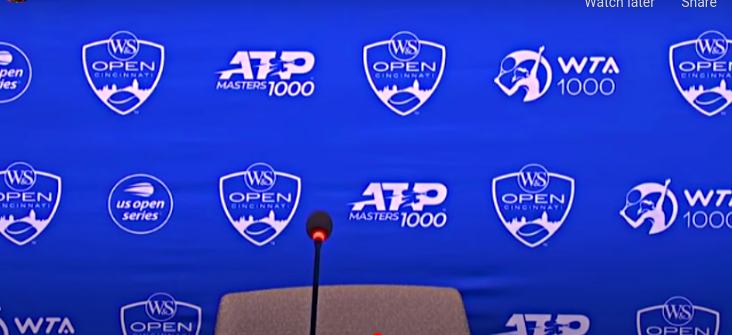
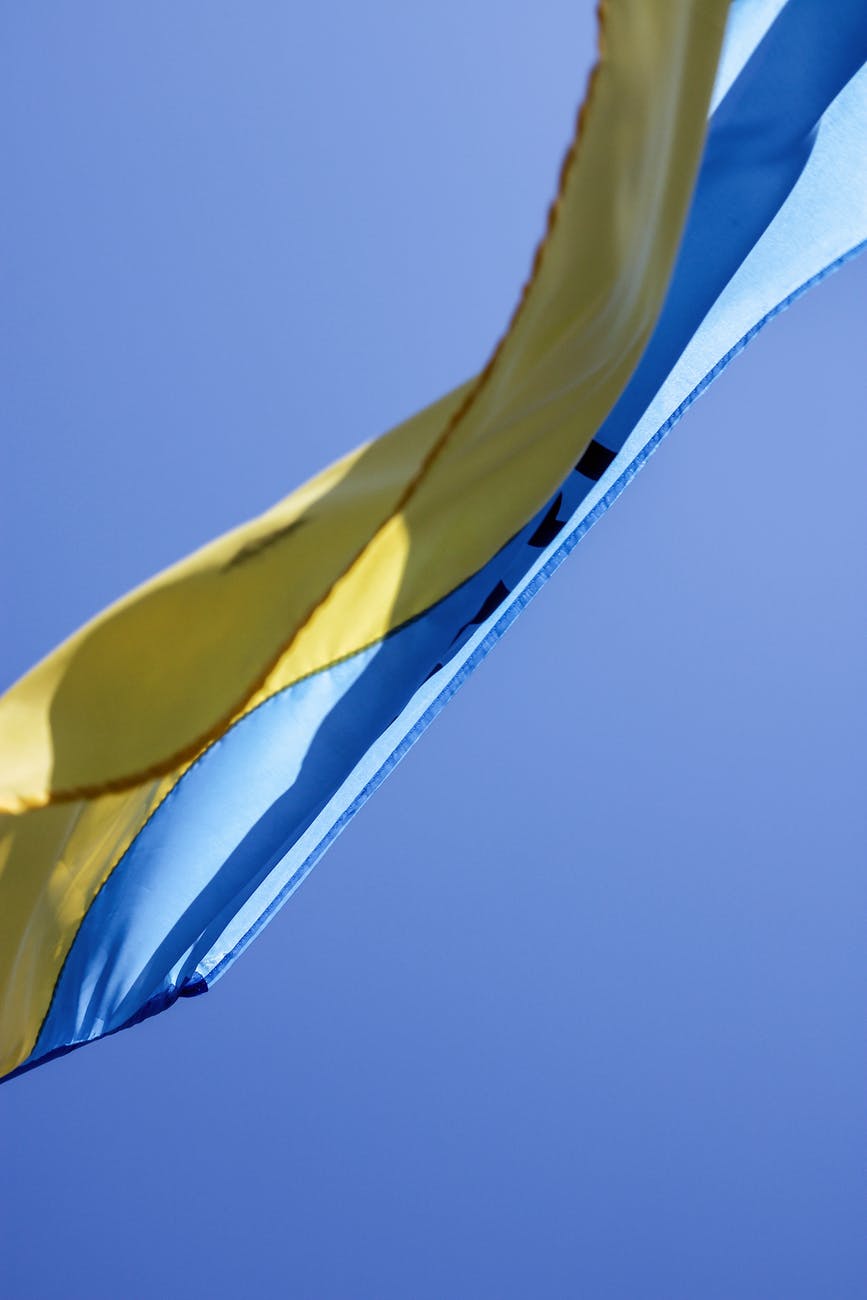

/papiers-peints-concept-de-balle-de-tennis-globe-du-monde.jpg.jpg)
